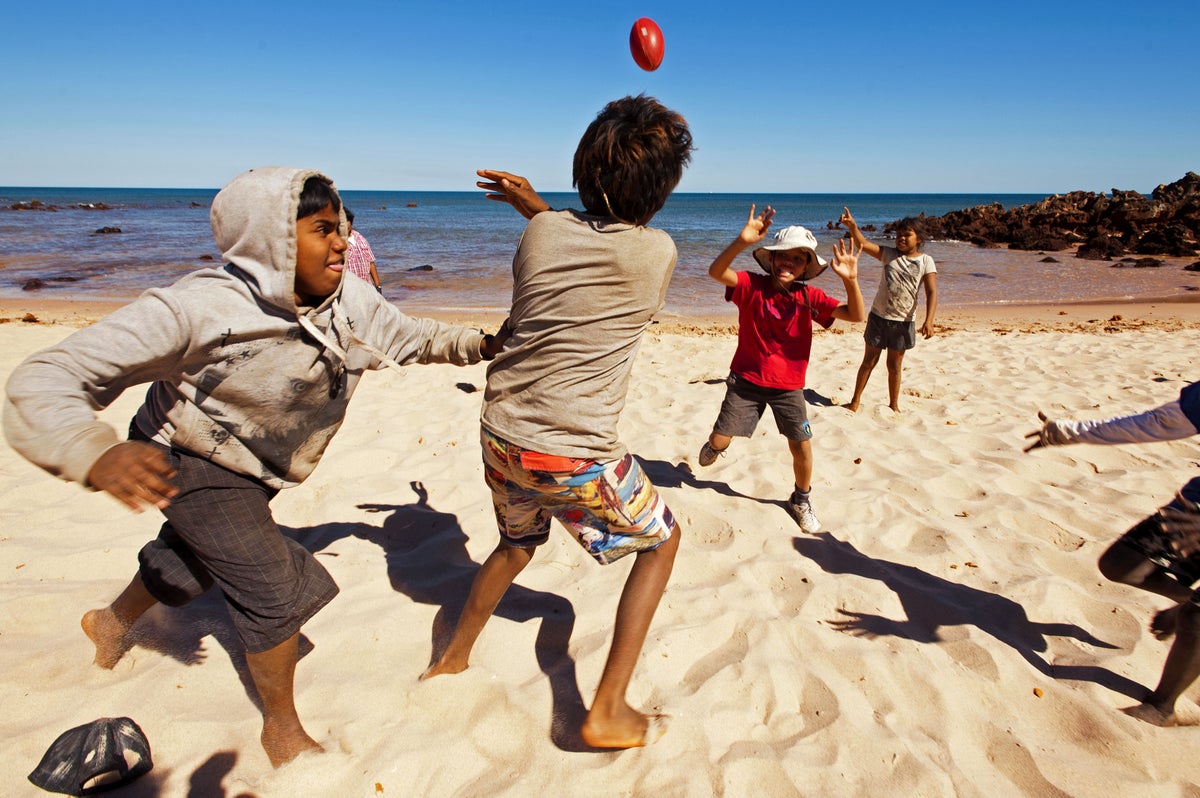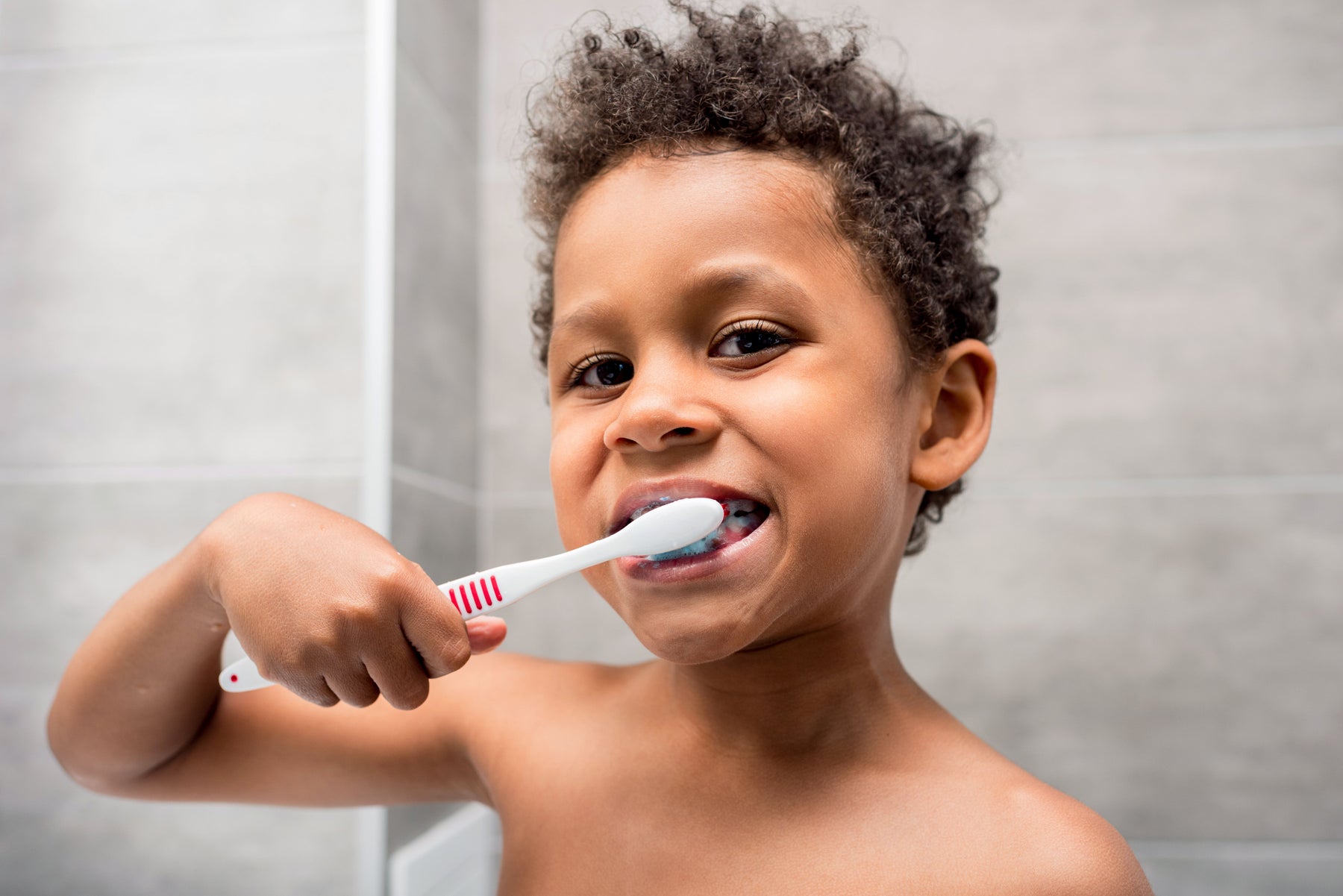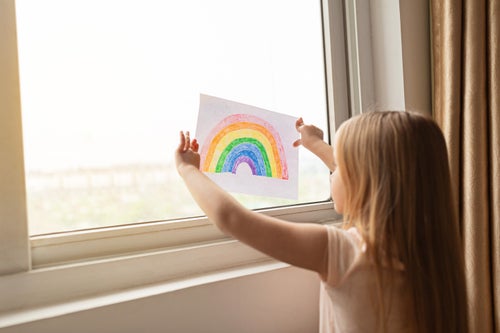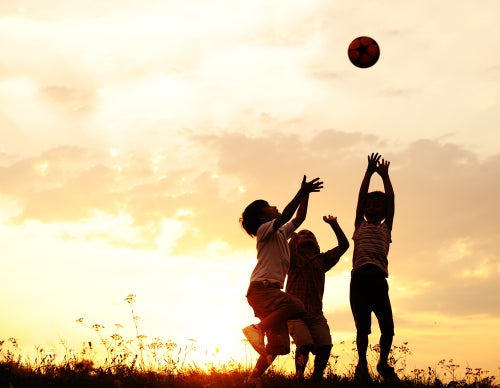What would it take to make Australia an even greater place to grow up?
A 2023 report on Australian children's physical and mental health shines a spotlight on how they’re tracking – what’s working and what’s not. Take a deep dive into the research.
The Children’s Wellbeing Index by UNICEF Australia and ARACY (Australian Research Alliance for Children and Youth) provides a picture of Australian children’s wellbeing and how that story is changing over time.
To complement the Children’s Wellbeing Index, UNICEF Australia and ARACY launched a paper that focuses on Health. We can see that Australian children are adopting healthier habits and are confident in their health literacy. But there is so much work to be done around their mental health, especially for our LGBTQIA+ young people.
We're making great progress in unlocking a better future for Australian children, but work still needs to be done.
Read the full reportWhat is going well?
The paper highlights positive news in several areas, including a decrease in risky drinking and illicit use of drugs among young people aged 14 to 24. We have seen a 47 to 30 per cent decrease in drinking and a 32 to 24 per cent decrease in illicit drugs. Also, childhood asthma has not increased in primary school-age kids.
80%
of women who gave birth in Australia cared for their babies by accessing antenatal care in their first trimester.
94%
of kids are fully immunised by age five, amongst the highest rates in the world.
What’s not going well?
The paper highlights key areas of concern; the most confronting is mental health in young people.
1 in 3
kids aged five to six have tooth decay. Despite it being largely preventable tooth decay is the most common chronic illness and the highest cause of preventable time spent in hospital.
9%
of kids eat the recommended daily amount of fruit and veggies, and almost a quarter of Aussie kids are overweight and do not meet the recommended physical activity or exercise guidelines.

Mental health and young people
Mental health in young people is a main area of concern with the paper highlighting that suicide is the leading cause of death for young people, and Aboriginal and Torres Strait Islander young people have three times more deaths by suicide.
Over a third of young people who needed support did not seek it, with stigma and shame listed as the top barriers, while in the past 12 months, 47 per cent of females and 31 per cent of males aged 16 to 24 have experienced a mental disorder.

Climate change and young people
The research also shows that climate change has very real impacts on both the physical and mental health of children in Australia. We are just beginning to quantify the serious impacts of increased heat waves and natural hazards, including floods, fires, and cyclones.
Of the young people surveyed, 82 per cent stated they are moderate to extremely worried about climate change, and over 75 per cent think the future is frightening.

About The Australian Children’s Wellbeing Index
The Australian Children’s Wellbeing Index (ACWI) was developed by UNICEF Australia and ARACY in 2021 to provide a comprehensive picture of how children in Australia are faring across all aspects of wellbeing and how that is changing over time. Using data to measure and track children’s progress over time, the Index provides a view of where Australia is doing well and which areas need greater attention and investment to help all Australian children thrive.
The wellbeing of Australia's children is measured and tracked across six interconnected dimensions:
- Being loved, valued and safe
- Being healthy
- Learning
- Having their basic material needs met
- Having a positive identity and culture
- Participating in their community and having a voice.
Our publications ultimately aim to set policy priorities and guide action to ensure Australia is an equitable place to grow up and improve outcomes for all Australian children.




